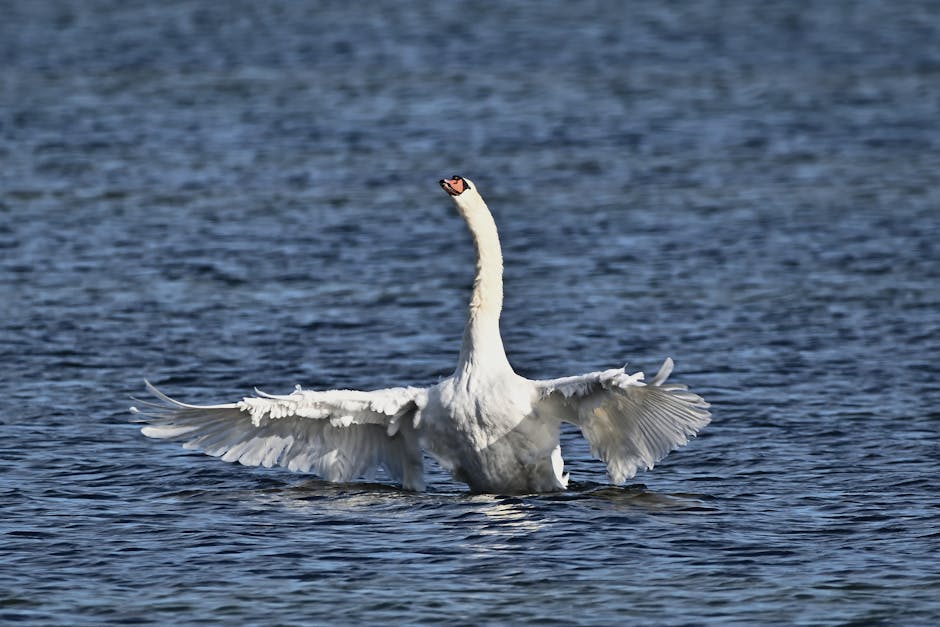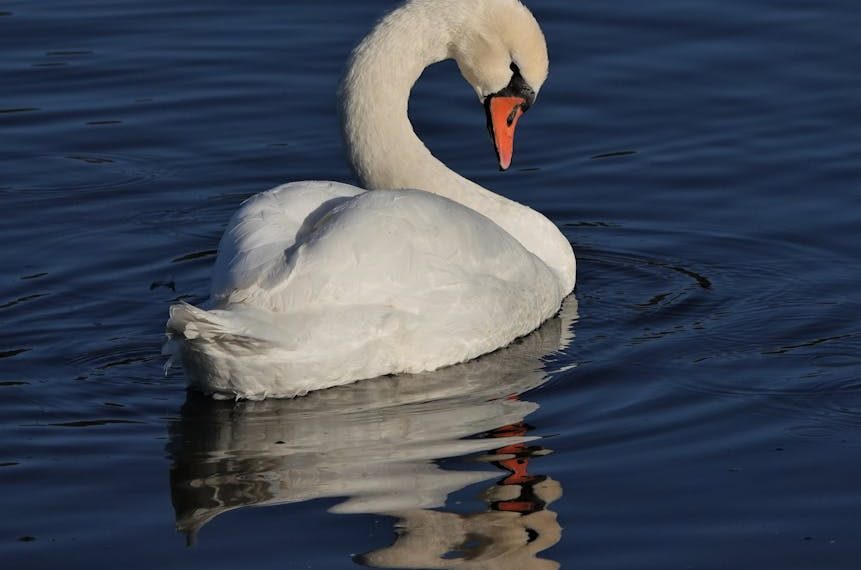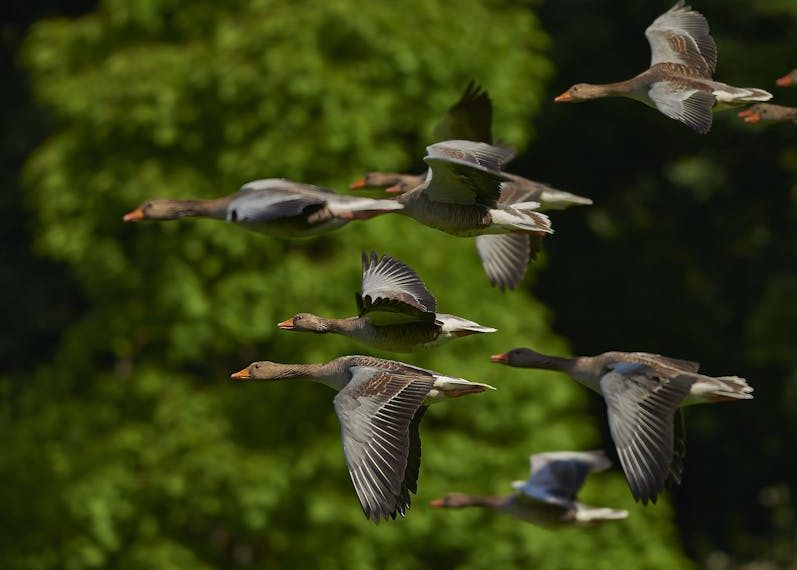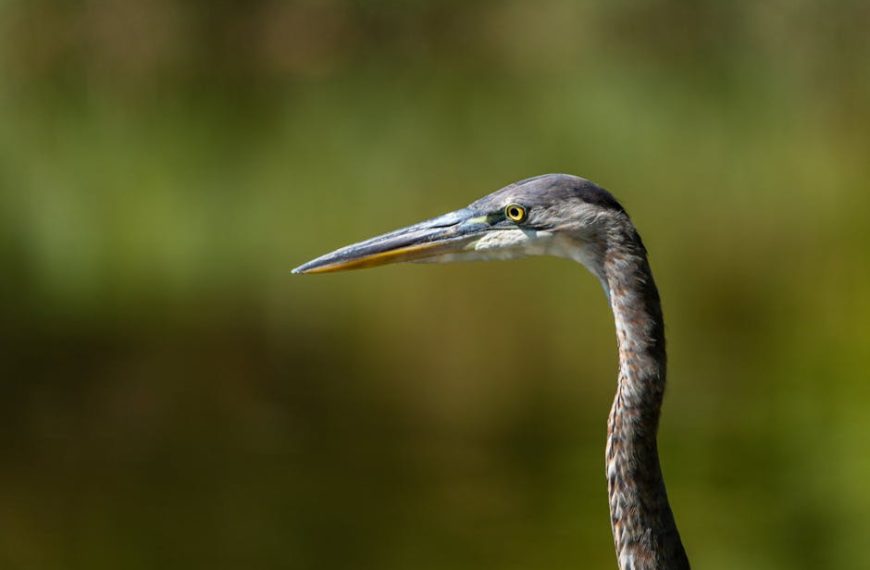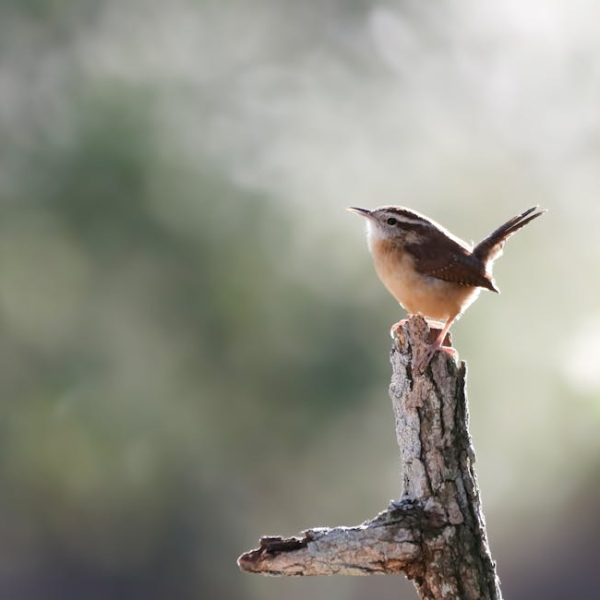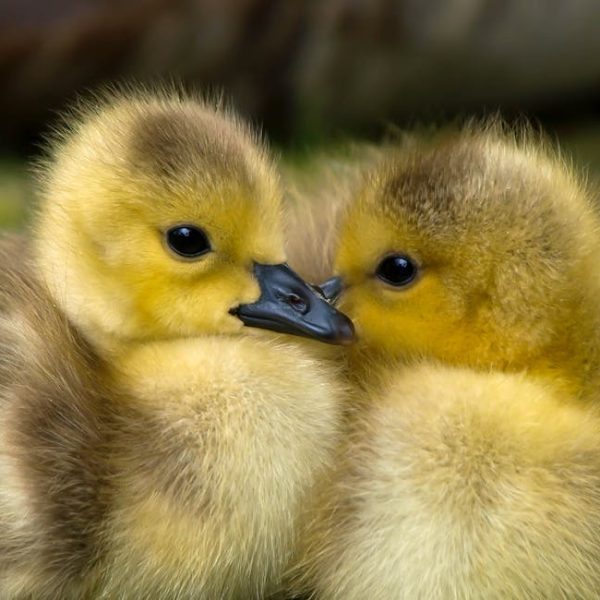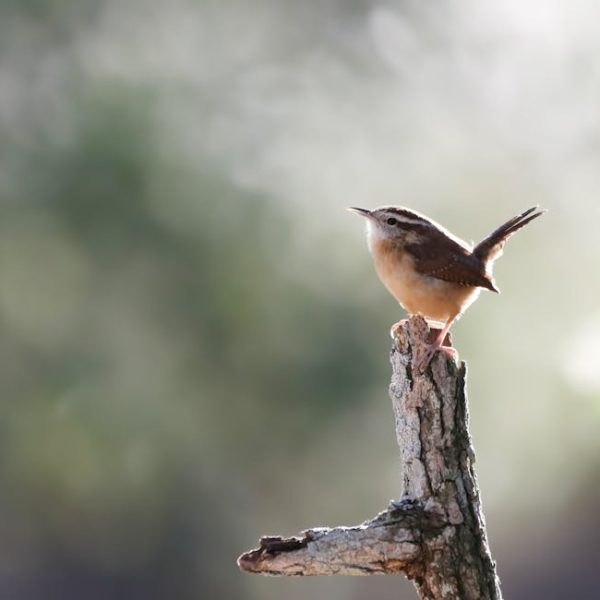To effectively dissuade birds from occupying your fence, understanding bird behavior and their inclination towards fences is paramount. Birds primarily perch on fences for a multitude of reasons. These areas serve as a convenient spot to scout for food, rest during migration, sing a riveting territorial song or keep a watchful eye for impending threats.
There are practical steps to gain insight into avian habits in your surroundings:
Best Practices:
- Observe bird activity diligently. Notice the time of day when birds are most active, the specific species, types of activities performed, and behavior on the spur.
- Keep a record of bird activity to identify vital patterns and pinpoint ‘bird-heavy zones’. This information can be a valuable asset while strategizing.
The presence of birds on a fence is a double-edged sword. On one hand, they are integral to maintaining balanced ecosystems, but on the other hand, they could get problematic due to noise, droppings, and potential fence damage.
Unconventional Natural Repellents
Natural repellents can be a nonintrusive yet efficient way to keep birds off your fence. These can include certain herbs, fruits, and visual deterrents that birds find unpleasant and could potentially steer clear of.
Tips:
- Species-specific repellents – Not all birds resonate with the same deterrents. Identify specific deterrents that can drive away the particular species that frequent your area.
- Maintain a consistent strategy – Repellents need regular maintenance to sustain their deterrent effect.
Birds are known to detest strong-smelling herbs like lemongrass, garlic, and menthol. Planting them around your fence can effectively repel birds. Placing visual deterrents such as wind chimes, reflectors, and CDs that disorient birds could also be helpful.
Introducing Predators (Decoys)
Birds, like other creatures, fear their predators. Utilizing decoys modeled after birds of prey or other predators can prove to be a successful deterrent method.
Comparison:
- Pros: Decoys can be an effective, simple, affordable, and humane solution to your bird problem.
- Cons: Some birds may eventually realize the stationary objects pose no real threat and start ignoring them.
Popular and effective predator decoys include owls, hawks, eagles, snakes, and even cats.
Physical Barriers and Modifications for Fences
Adding physical modifications or barriers to your fence such as spikes, nets or slippery surfaces are some of the more straightforward methods to keep birds away.
Tips:
- Proper placement and installation of physical deterrents are necessary for efficiency.
- Always be considerate of local laws and neighborhood rules on damaging nuisances.
Physical deterrents can be highly effective, but they may affect the aesthetic of your fence and can be pricier.
Audio Deterrents and Technological Solutions
Modern technology offers a new range of options from ultrasonic sound devices to automated sprinkler systems for bird deterrents.
Pro Tips:
- Some bird species are notably more sensitive to certain sound frequencies. Utilize this knowledge for effective deployment.
- It is crucial to ensure all deterrents used do not harm the birds, respecting wildlife as part of your stratagem.
A concise checklist for selecting and maintaining audio deterrents could be helpful in keeping pesky birds at bay.
Using Bird Feeders or Bath Strategically
Positioning bird feeders or bird baths at specific locations in your backyard can draw the birds away from your fence. This could be a good alternative for people who love birds in their yards but don’t want them on their fences.
Best Practices:
- Place feeders or baths under tree shades which can provide a safer and more attractive option for birds.
- Ensure to clean and top up the bird feeders or baths regularly to keep the birds interest.
Although this method will certainly bring a lot of feathered friends to your backyard, it may not completely stop birds from perching on your fence.
Commercial Bird Deterrent Solutions
Several commercial bird deterrent products give you the choice to maintain aesthetics while keeping birds away. These solutions can vary from deterrent gels and sprays to electronic devices.
Tips:
- Choose deterrents that have proven efficacy. Read customer reviews before buying.
- Use commercial products in combination with other deterrent methods for better results.
These products can be costlier than homemade solutions, but they can definitely offer ease of use and can be less time-consuming.
Maintaining Your Bird-Free Fence
With all these solutions at hand, maintaining a bird-free fence may seem a daunting task. But, with constant vigilance and slight effort on a regular basis, a bird-free fence can transform from being a distant dream to a delightful reality.
Best Practices:
- Regular checks: Regularly inspect your yard and the state of your deterrents. Replace or repair anything that’s damaged or not functioning correctly.
- Patience is key: Birds may take some time to adapt to the changes you’ve made. Don’t get discouraged if you don’t notice immediate results.
In the end, it’s all about finding a balance where we co-exist with these wonderful creatures, and they continue to add beauty to our surroundings without causing us any inconvenience. Happy bird watching!
Key Takeaway:
- Bird behavior, attraction to fences and their activity patterns can be a key to effective deterrent strategies.
- Natural repellents like certain herbs, fruits, and visual disarrangements can be non-intrusive yet efficient in discouraging birds.
- Predator decoys modeled after birds of prey can scare off smaller birds.
- Physical modifications or barriers on the fences such as spikes, nets, or slippery surfaces can be good deterrent options.
- Modern technology offers innovative bird deterrents such as ultrasonic sound devices and automated sprinkler systems.
Be reassured that maintaining a bird-free fence is doable with a bit of dedication and consistent strategies. Learn to coexist with these delightful creatures without letting them impact your tranquility. After all, gaining the upper hand in bird deterrence, like all good things in life, comes with timely observation and patient strategizing.
FAQs
Q: What type of herbs can I use as a natural repellent?
A: You can use strong-smelling herbs like lemongrass, garlic, and menthol as bird deterrents.
Q: How effective are predator decoys?
A: Predator decoys can act as effective deterrents, though birds may get accustomed to stationary objects over time. For best results, try moving them around periodically.
Q: What are some examples of physical modifications that could deter birds?
A: Spikes, nets, slippery surfaces are commonly used physical deterrents that can prevent birds from perching on fences.
Q: Are there any bird-specific deterrents?
A: Yes, some bird species are notably more sensitive to certain sound frequencies, so using audio deterrents tailored to those frequencies can be quite effective.
Q: Does a bird feeder or bath attract more birds to my yard?
A: Bird feeders or baths can draw birds away from your fence, but they might also attract more birds to your yard. Consider this strategy carefully based on your specific needs.
I hope you found this article insightful. Please feel free to share it and browse other posts on our website for more exciting content.
